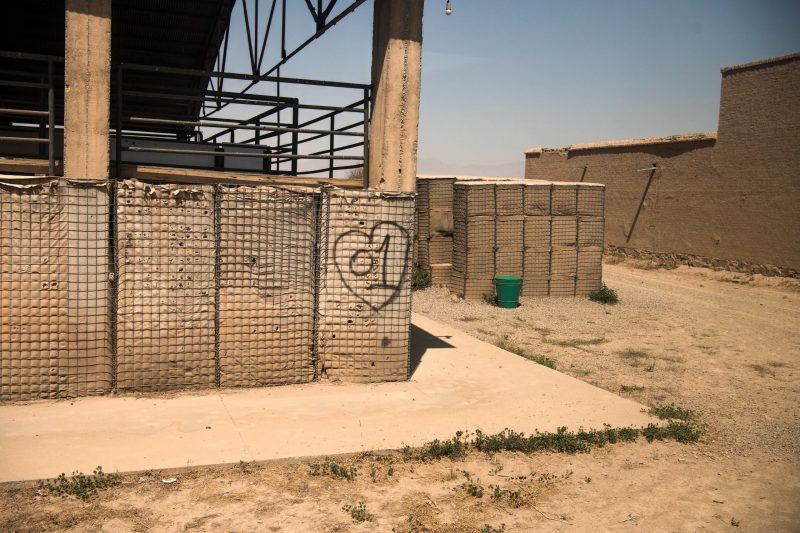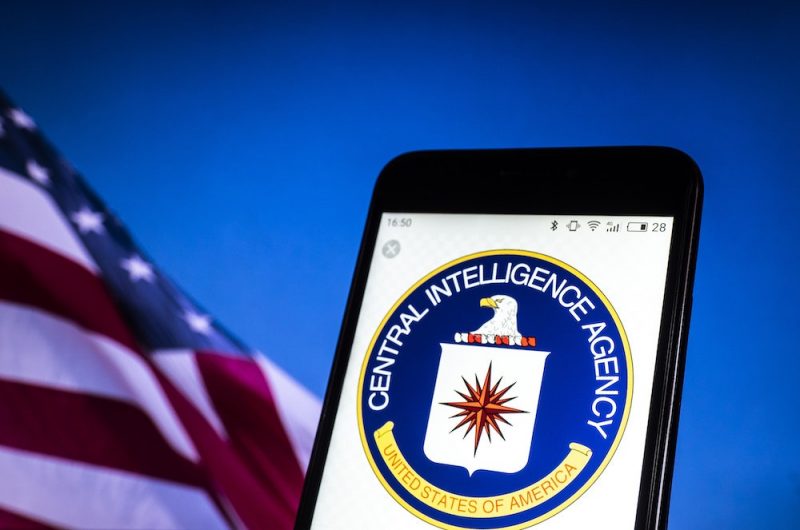CIA and Its Afghan Operatives
On the anniversary of the American forces’ withdrawal from Afghanistan, the fate of this country under Taliban rule remains a major enigma. Concerns about the future of its culture and society are growing daily, and above all, women and ethnic and religious minorities are suffering and continue to suffer.
Despite all this, for Americans during the days of their forces’ withdrawal from Afghanistan, nothing was as infuriating as the billions of dollars spent and the lives lost during America’s years in Afghanistan. A country handed over entirely to the Taliban, with an ocean of wasted costs and countless amounts of weapons and military equipment, to the Taliban who supported al-Qaeda, the executors of the September 11 attacks.
Among all the costs and programs of America and its allies in Afghanistan, the program to train various Afghan forces held a special place. It was these training programs for the police, army, security forces, and several such programs that highlighted one of America’s greatest failures. The Pentagon could not train forces that could hold off the Taliban for even a month.
Although, to a large extent, this was the surface of the matter. It was Trump who signed the agreement to withdraw forces with the Taliban. Months before September 2021, the Taliban, using this agreement, had scared the leaders of various Afghan regions about the future, gaining their compliance. The various Afghan military and security forces were left helpless, but in any case, they did not hold, and all that expense was in vain. Among all these trained forces, the Pentagon did not interfere in a specific case; the CIA had devised a new plan in Afghanistan.
Special Afghans
The bitter images of Afghans hanging from planes leaving Kabul airport were some of the most heart-wrenching images of 2021. With the Taliban’s moment-to-moment advancement in Afghanistan during the days of the Western coalition’s withdrawal, many were struggling to leave the country and escape the Taliban’s grasp. Kabul airport was the scene of unprecedented chaos, with Afghans on one side and foreign nationals on the other. Each foreign country had special plans to evacuate its citizens, and there was rarely a successful order and arrangement in these plans.
However, the specific case of Afghans who were official collaborators of foreign forces during the years of occupation suddenly became headline news. The media, social activists, and most importantly, soldiers and veterans, who were worried about their Afghan colleagues and comrades, insisted on evacuating them. Serious criticisms regarding the problems of evacuating Afghan collaborators of Western forces, who were the Taliban’s main targets and whose lives were in danger, ultimately led to a relatively successful evacuation plan for many of them, but many of them endured significant hardships, except for one group.
What the CIA Did
The activities of Western security organizations in Pakistan and Afghanistan date back decades, specifically marking 1979 as the beginning of the CIA’s special activities in recruiting Afghan guerrilla forces. Naturally, this was the start of efforts to counter Soviet forces that had occupied Afghanistan. September 11, 2001, and the subsequent developments began a new story. With the occupation of Afghanistan by coalition forces led by the United States and the fall of the Taliban government in that country, various Western military forces, from NATO to the U.S. and British armies, established serious ties with Afghans.
Many were recruited to assist Western soldiers as translators, guides, and experts. Above all, it was natural that the priority was to create a cohesive police force, law enforcement, and army for the central government being established in Afghanistan. Training programs for Afghans were designed and implemented, and law enforcement, police units, security structures, and the army were formed. The effectiveness of these forces was never notable after several years.
It was the CIA that trained its own paramilitary groups and used them in its special operations. Various units known as Unit Travel or Unit Zero One conducted nighttime operations attacking residential areas suspected of harboring terrorists. Afghan soldiers, now considered CIA operatives, were actually part of the paramilitary forces trained by the U.S. In the first decade of the third millennium, competition between the CIA and Pentagon special forces created parallel structures.
Initially, there was little trust in Afghan forces, and both organizations were always worried about the Afghans rebelling, stealing weapons, and, above all, turning against the Americans themselves. When the Taliban gradually regained strength and resumed attacks and unrest, both special forces and the CIA set aside their doubts and relied on the paramilitaries to fight the Taliban. The formation and establishment of special units Zero or Zero One owe their existence to this process.

The Tragedy of Fratricide
The Afghan special forces tasked by the CIA executed successful operations attacking residential areas and eliminating terrorism suspects with maximum violence. They would raid homes and mercilessly separate and execute targeted individuals. The nighttime raids and massacres eventually led to a Human Rights Watch report in 2019, documenting fourteen cases of nighttime raids and summary executions by CIA-assigned Afghans as just a part of the massacres of their brothers and compatriots.
The special forces committed bizarre crimes. They attacked medical staff in areas under Taliban influence to punish them for treating wounded Taliban terrorists. All of this occurred alongside the genuinely successful operations of these forces in combating terrorists and the Taliban.
Journalists, media, human rights activists, and academic researchers insisted on tracking the activities and actions of CIA-assigned Afghans for a long time, but to no avail. The most important support for these forces was the mutual backing of the Afghan government and the Americans. Numerous reports and dispatches had no impact on changing their behavior, and ultimately, until the last day of the American forces’ presence, the Afghan special forces assigned by the CIA remained the only effective, powerful, and efficient force trained to play a role.
Western journalists, during the days of the coalition forces’ withdrawal from Afghanistan, brought them back to the headlines by documenting images and interviews with the commanders of the CIA-assigned special forces. They controlled Kabul airport and American bases, and their behavior with fellow citizens was unpleasant. To pass through airport gates, they demanded hefty bribes from their compatriots, and the subtle point was that they were more confident about their future than all the Afghan refugees fleeing.
The news of America’s action to evacuate many of the CIA’s Afghan special forces and their families from Afghanistan before the coalition forces’ withdrawal was noteworthy. More than 7,000 CIA Afghan operatives and their spouses and children were transferred to Qatar earlier than the Westerners’ own withdrawal. None of them needed to hang from a flying airplane to escape the Taliban.
An article titled ‘The CIA’s Betrayal of Its Collaborators’ has been exclusively published on Iran Gate, which might be of interest to you.

